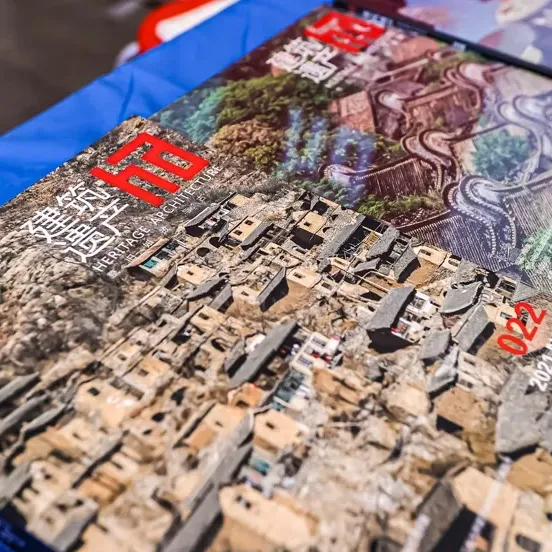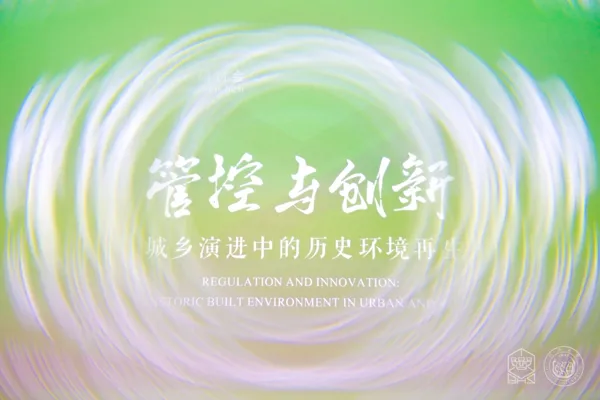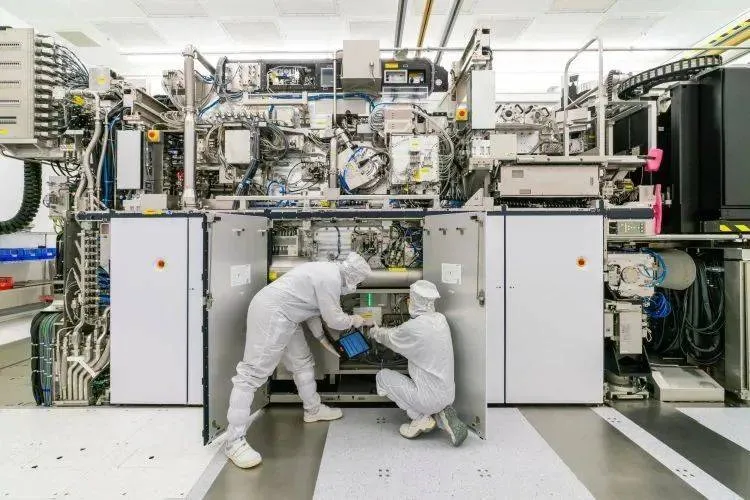"Respect the past but not retro", why emphasize "respect the past and not be old-fashioned", this architecture seminar held in Shanghai
In the new era and new journey, urban spatial development pays more attention to incremental structural adjustment and stock improvement. Recently, the 4th International Academic Symposium on Built Heritage, hosted by the Architectural Society of China and Tongji University, was held in Shanghai. The theme of this conference is "Control and Innovation: Regeneration of Historical Environment in Urban and Rural Evolution".
Wang Xudong, Director of the Palace Museum, said in his speech that General Secretary Xi Jinping proposed the Global Civilization Initiative, emphasizing the importance of the inheritance and innovation of civilizations, fully tapping the contemporary value of the history and culture of various countries, and promoting the creative transformation and innovative development of excellent traditional cultures in the process of modernization. The theme of this conference is "Control and Innovation", which reflects the architectural heritage protection community's thinking on the relationship between historical environment and urban and rural development, and is a response and practice to the global civilization initiative.
"Urban and rural historical and cultural heritage should be vital and dynamic, and should become a part of current life and even future life." Wu Jiang, a professor at Tongji University, pointed out that the activation of urban and rural historical and cultural heritage requires, first, innovation in ideas and from the heart We believe that protection and innovation are important elements for the continuation of civilization; second, there must be method innovation, studying how to plan and how to repair; third, there must be innovation in the legal system, including professional systems, norms, and standards, to truly meet the requirements for protection.
"From "big demolition and big construction" to "remaining, rebuilding, demolishing and rebuilding"

Chang Qing, an academician of the Chinese Academy of Sciences, noted that the concept of protection and development of “keeping uprightness but not old-fashioned, respecting the past but not retrospecting” is gaining popularity among the people. Regarding the protection of built heritage, from dogmatic superficial cognition to critical essential understanding, from passive protection to active protection, from old technical stereotypes to new technological integration, from solo efforts in expert circles to related fields. Extensive participation, from "big demolition and big construction" to "remaining, reforming, demolishing and rebuilding", from being retro and conservative to respecting the past and innovating, from a single order to diverse symbiosis, clearly shows that the concepts, methods and approaches of protection and regeneration are constantly being updated, and academic circles, The interaction between the industry and society as a whole continues to increase.
Xiang Yihai, deputy director of the Shanghai Municipal Culture and Tourism Bureau, believes that in terms of the protection and utilization of architectural heritage, five things need to be further addressed. One is to coordinate the relationship between protection and development, and strengthen the effective protection and utilization of architectural heritage in the organic renewal of the city. Enabling cities through built heritage conservation.
The second is to coordinate and handle the relationship between the development of cultural relics and improving the quality of people's lives, and the two cannot be opposed or separated. In the final analysis, the development of cultural relics must be in line with the times and ignite people's yearning for a better life.
The third is to coordinate the relationship between traditional protection and technological innovation. We must not only pay attention to traditional crafts, traditional materials, and traditional techniques, but also pay attention to new crafts, new materials, and new techniques to strengthen scientific and technological support.
The fourth is to coordinate the relationship between the capacity building of the talent team and the optimization of the talent development environment, strengthen the integration of cross-field and interdisciplinary talents, and pay attention to the echelon construction of various talent teams.

The fifth is to coordinate the relationship between government leadership and social participation, give full play to the role of think tanks, and encourage professional institutions and the people to participate in the protection of cultural relics.
"A new vitality and new ecology that promotes the regeneration of the historical environment"
Shan Jixiang, President of the Chinese Cultural Relics Society, believes that protection is not the purpose, nor is utilization. The real purpose is to inherit, which is to pass on the splendid culture created by our ancestors through our hands, through our cities, and through our era. to future generations.
As far as the protection of cultural relics is concerned, it is not a patent of the government, let alone the cultural relics department, but a right that hundreds of millions of people should have. We must meet the wishes of hundreds of millions of people and give them more rights to know, participate, and authorize. Only after people receive instructions for cultural heritage protection in real life will they seriously protect their heritage, and only then will cultural heritage be more dignified.
Zheng Qinghua, president of Tongji University, pointed out that historical and cultural heritage is a non-renewable and irreplaceable precious resource. It is necessary to increase the protection of cultural relics and cultural heritage and strengthen the protection and inheritance of historical culture in urban and rural construction. Currently, digital technology is developing rapidly and is deeply integrated into all aspects of social life. Innovating presentation forms and communication channels can generate new vitality and new ecology for the regeneration of historical environments.

Gu Zhiwang, deputy chief engineer of Shanghai Construction Engineering Group Co., Ltd., has long been committed to urban renewal technology research and development and engineering practice, and has presided over the completion of the protection and repair projects of the Shanghai Jade Buddha Temple and the Shanghai Concert Hall. He introduced that the Notre Dame Cathedral fire in France has brought an important revelation to the industry, that is, it is very necessary to completely preserve historical and cultural architectural information. He called for the use of technology to conduct daily physical inspections of historical and cultural buildings, and then establish a preventive protection system based on digital twins.




